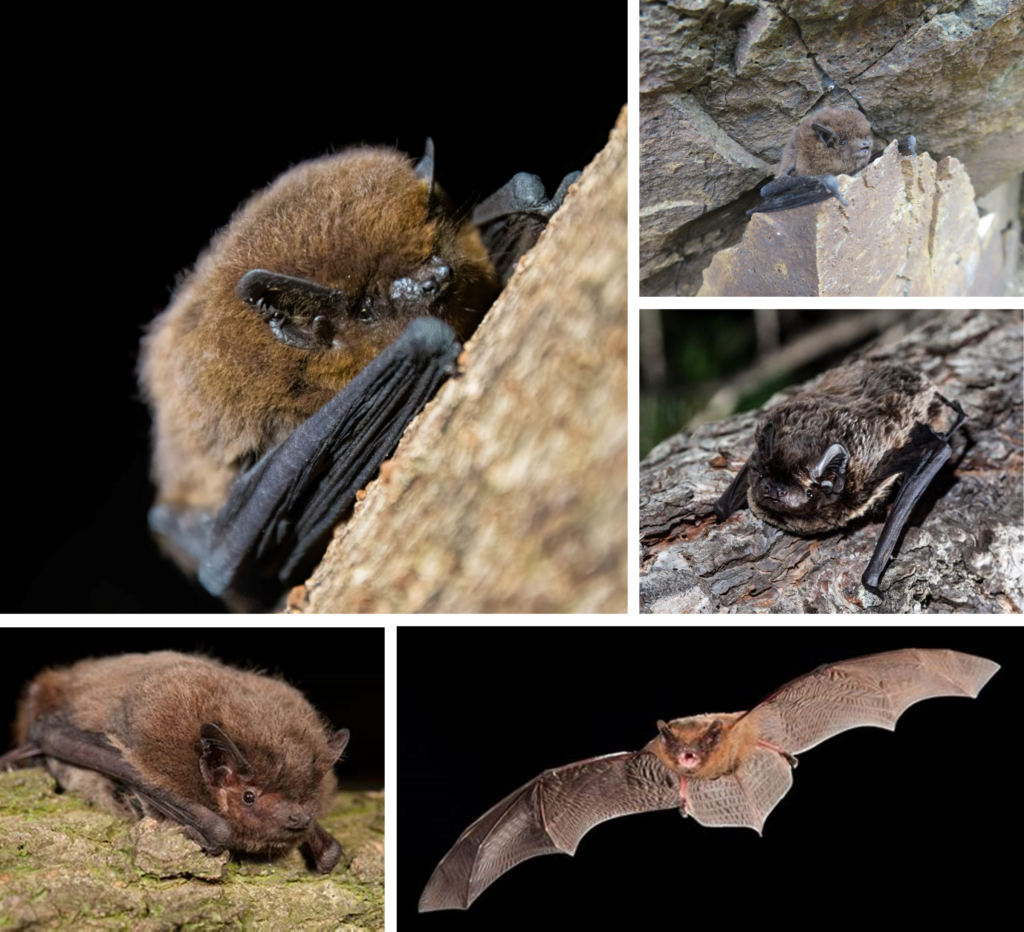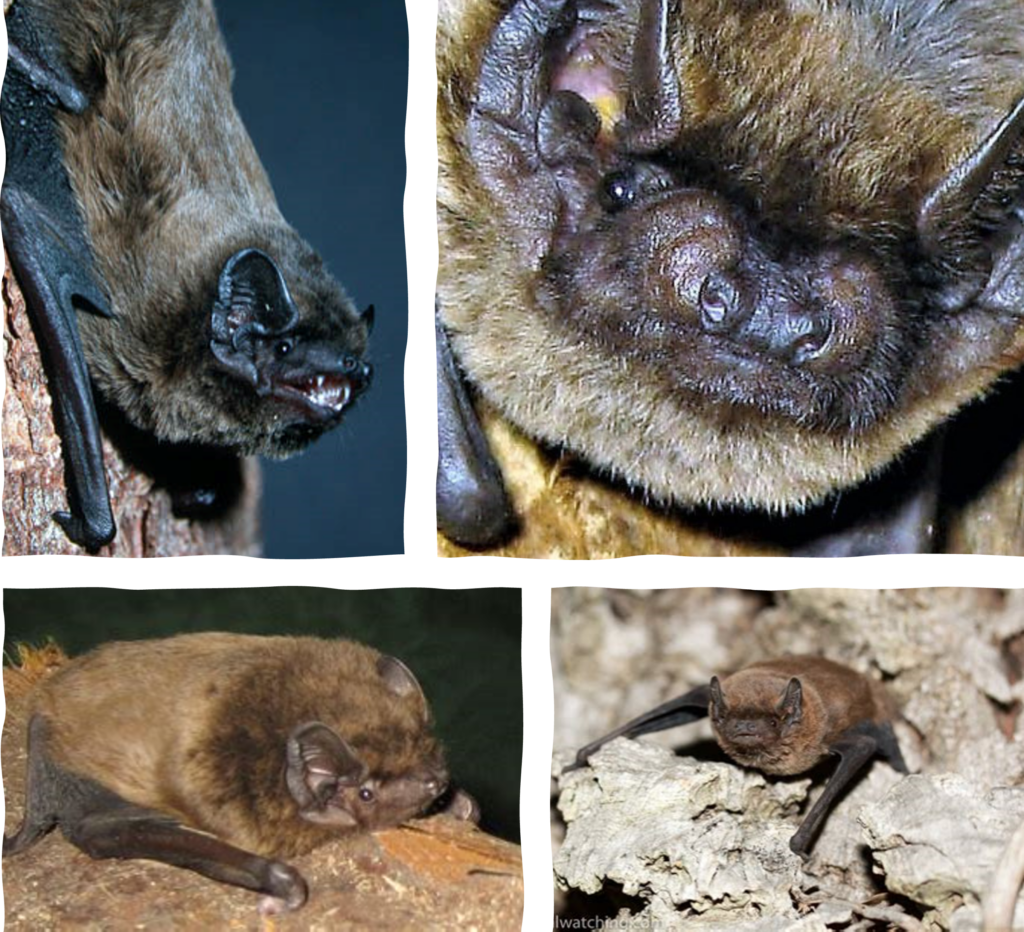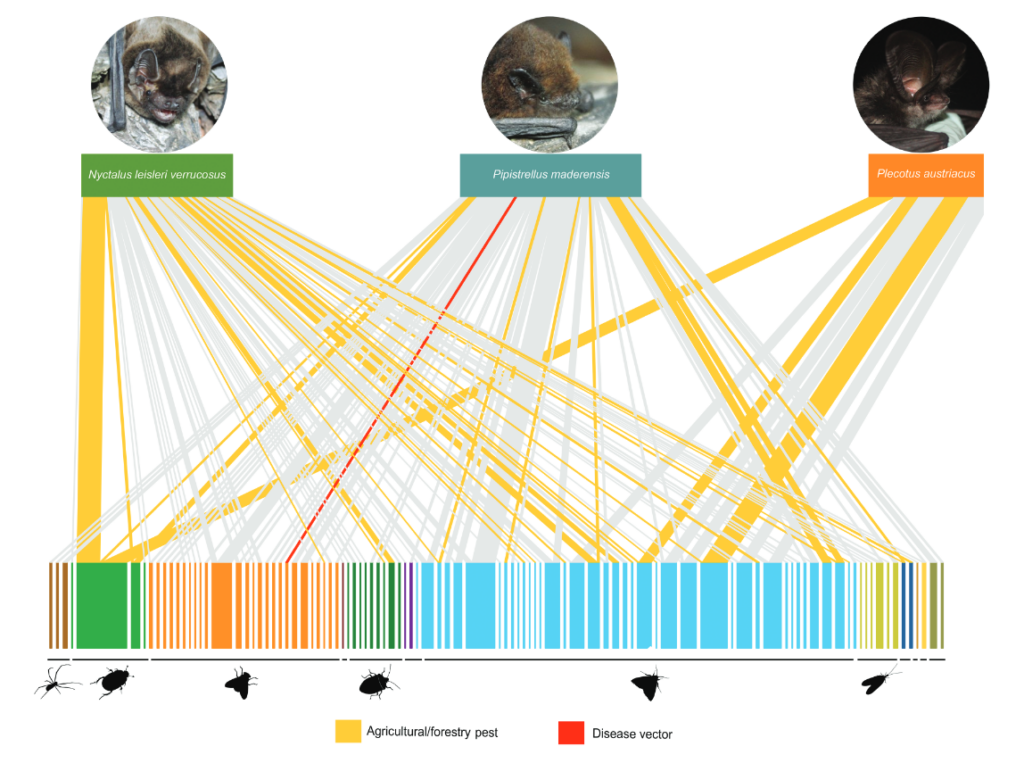Bats on Madeira Island
Bats on Madeira Island: Vital Allies for Nature and Farmers
Madeira Island is not only a paradise for tourists but also a haven for unique wildlife. Among its most fascinating and ecologically important residents are bats. These nocturnal creatures play a crucial role in maintaining ecological balance and, as recent studies show, they are also powerful allies for farmers.

Meet the Bats of Madeira
Madeira is home to three native bat species, all of which are insectivorous:
- Madeira Pipistrelle (Pipistrellus maderensis): This tiny bat is endemic to Madeira, meaning it is found nowhere else in the world. Though small, it consumes large numbers of insects nightly.
- Leisler’s Bat (Nyctalus leisleri verrucosus): A forest-loving bat that thrives in natural and rural landscapes.
- Grey Long-eared Bat (Plecotus austriacus): Known for its large ears and silent flight, it is often found in wooded areas and old buildings.

How Bats Benefit Farmers
According to a 2024 study by Oxford University, bats on Madeira Island consume over 50 types of insects. Around 40% of those are known pests that affect agriculture and forestry. This makes bats a valuable tool for natural pest control.
Key pests found in bat diets include:
- Banana moth (Opogona sacchari) – a major threat to banana plantations.
- Golden twin-spot moth (Chrysodeixis chalcites) – a destructive pest in greenhouse crops.
- Turnip moths – which affect a wide range of vegetables and cereals.
- Even human health benefits were noted, with bats helping reduce Psychoda albipennis, a fly known to cause urogenital myiasis in humans.

Bats as Eco-Friendly Pest Control
The study also revealed that installing bat boxes in agricultural areas increased bat activity. This natural solution helps reduce reliance on harmful pesticides, making farming more sustainable and environmentally friendly.
Bats offer a win-win: healthier crops and healthier ecosystems.

Where to Spot them in Madeira
Bats are most active during warm nights and are often seen near gardens, forests, and even streetlights. The UNESCO-listed Laurisilva forests are particularly important habitats. During the day, they roost in caves, hollow trees, and sometimes man-made structures.
Some areas are now protected specifically to preserve bat colonies and their natural homes.
Why Conservation Matters
Despite their value, bats face threats from habitat loss, human disturbance, and light pollution. Conservation efforts in Madeira are critical to ensure these species continue to thrive and benefit both the environment and the local economy.
Conclusion
Bats on Madeira Island are far more than mysterious creatures of the night. They are essential pollinators, insect controllers, and now—thanks to scientific research—proven agricultural allies. Whether you’re a wildlife enthusiast or a local farmer, there’s every reason to value and protect these flying mammals.